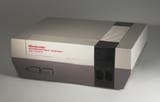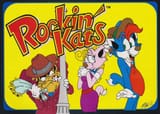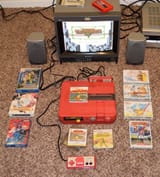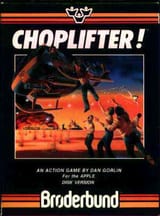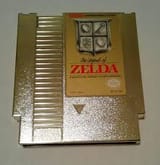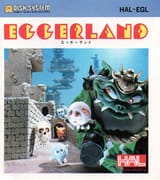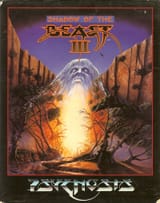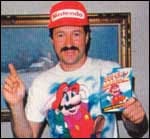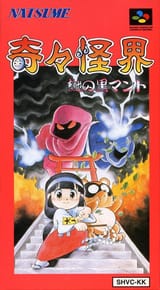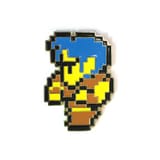>>11814206 (OP)
It's an 8bit computer from 1984, you can't expect people born in 1990 to like half the games on it, much less people born in 2000. And people's willingness to tolerate NESisms like no battery backup saves, passwords, lack of dialogue/story outside of manuals etc depends on the genre. Lots and lots of people will play Zelda/Mario/Platformers on the NES, but they won't touch sports games, arcade ports, or RPGs. I've been playing Final Fantasy and Megaten games for 20 years which is enough to tell you that like 1 in 100 serious FF/Megaten fans is willing to even attempt to play the games from the 80s. People who prattle on about the franchises 8 hours a day on twitter will not touch anything older than PS1 with a 10 foot pole.
I don't think it's an NES thing or a zoomer thing, I think it's a "game design and why people played games was fundamentally different prior to 1989-1991" thing. Most games and especially most RPGs after that try to tell some story, have lots of text no matter the genre, lots of options in the options menu etc, unless they're like Sega arcade ports or something they feel deliberately "modern." Stuff prior to 1989? You're playing it to beat it, you need to use your imagination, the games are balanced in a way where just turning on your CD player, jamming some tunes, and grinding for a few hours is part of the experience. These are time consuming games that you play to get better/win at. Not to look at pretty pictures or take in some epic story.
To use Mario as an example, in Mario Bros for NES you don't even know the princess exists until you fight Bowser if you didn't read the manual. By Mario 2, we've got multiple characters, by Mario 3 we've got a map screen. By Super Mario World, we've got an opening demo that goes out of its way to introduce Yoshi, and when you press start there's a textbox that tells you the princess was kidnapped. By Mario 64, Peach is narrating her own kidnapping in a cutscene. Young gamers NEED the dialogue.
